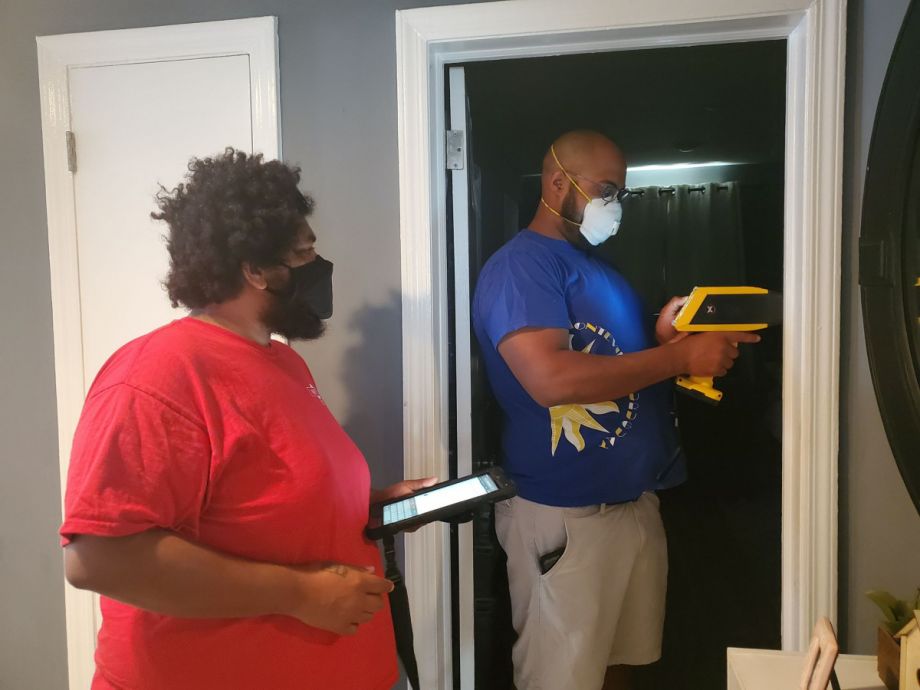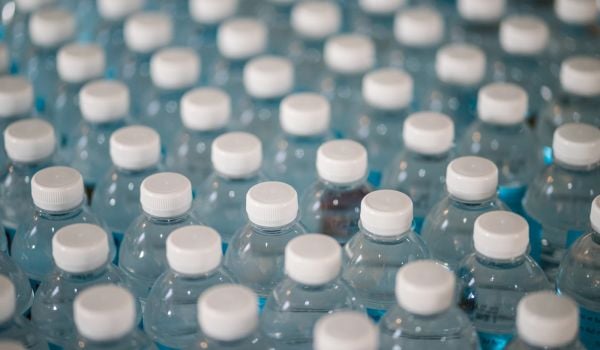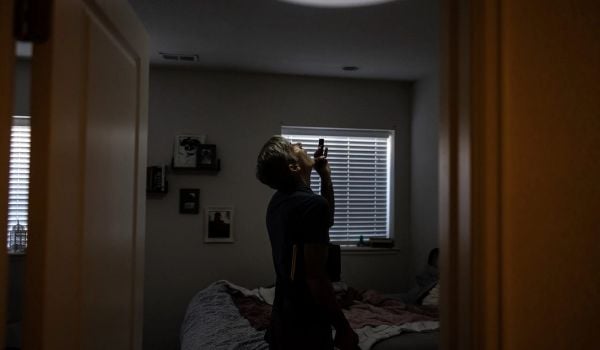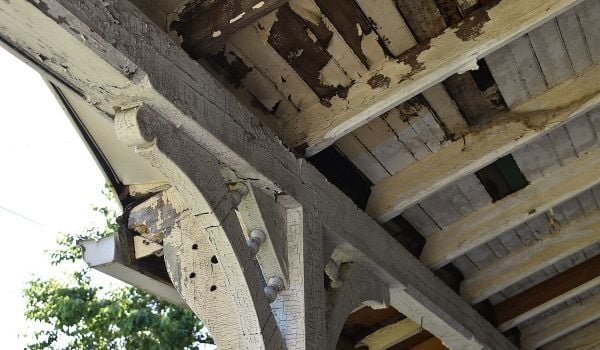Last year, officials in Newark, New Jersey, declared that the city was now “lead free.” Community members were rightly skeptical: Municipal, state and federal agencies had all failed to address, and actively downplayed, lead poisoning in the city’s water supply as far back as 2003.
For the Newark Water Coalition, founded in 2018 to fill in where the government failed, it was hardly time to wrap up their work. Instead, the coalition posed a research question: “Is lead poisoning happening in Newark? If so, where?” To answer that, they established a Mobile Lead Testing Unit, composed of community members aged 17 to 40, tasked with working directly with local residents.
Their findings, the result of testing 311 homes between July and November last year, have now been published as the Mobile Lead Testing Unit Report. This is the coalition’s first community testing effort, part of an ambitious plan to establish a “People’s Public Lab” alongside a program that trains community members to become lead assessors.
“We’re doing this work out of genuine concern for the community, a real desire to know the situation on the ground,” says Kevin Cenac, a longtime coalition volunteer. “People saw we weren’t some bureaucrat from the city…when we showed up to each house, people recognized that we were their neighbors.”
The Newark Water Coalition has dreamed of community testing — with the goal of honest and accurate data about lead exposure — since its inception two years after elevated lead levels were observed in multiple Newark Public Schools district schools. The desire hasn’t waned over the years. “When the [school] reports first came out in 2016, the city’s initial response was to say the water’s fine or it was only in certain areas of the city, and we always had this instinct that it’s gotta be bigger than that,” says Cenac. “So whenever we hear something from this city, we’re asking, is that the truth?”
The coalition set out to establish a mobile water testing team and purchase the equipment needed before the pandemic. COVID-19 forced them to focus on mutual aid distribution of water, food, and other resources, which the coalition continues to this day. In 2021, the coalition set up Water Boxes throughout the city, which filter out lead and other contaminants from tap water and produce 10 gallons of clean water a minute.
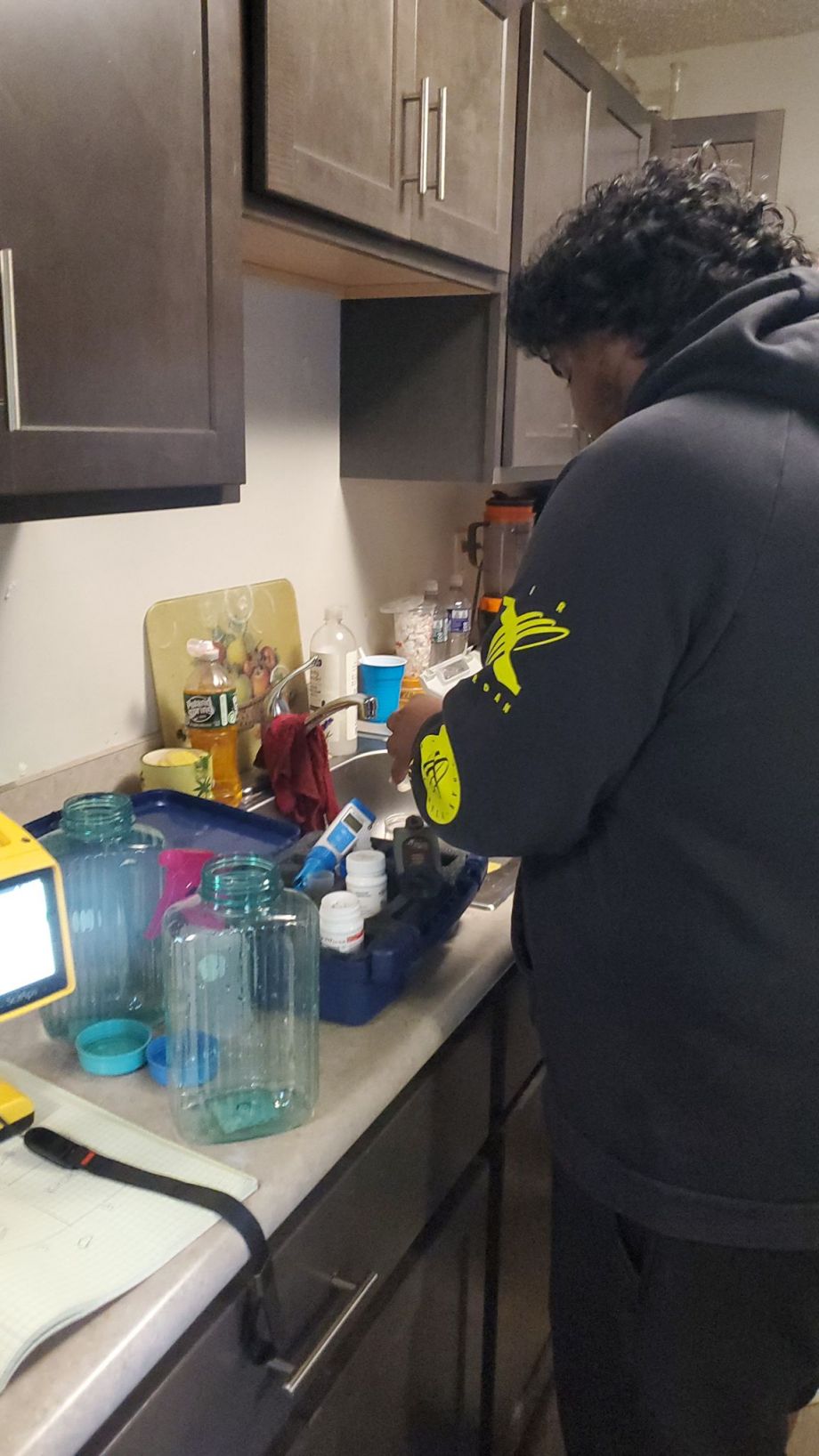
Community members tested 311 Newark homes as part of the Newark Water Coalition's Mobile Lead Testing Unit. (Photo courtesy the Newark Water Coalition)
Last summer, coalition members connected with University of California at Berkeley doctoral candidate Bavisha Kalyan, who is from New Jersey and studies lead contaminants in water systems. Through their engagement, the coalition added a second thesis question: “How does a community-engaged process provide a more robust and nuanced understanding of lead exposure in Newark?”
It took significant capacity to establish the Mobile Lead Testing Unit. The coalition worked with three different budgets, ultimately spending around $300,000. One massive expense: purchasing an XRF gun to measure lead in paint, soil and consumer projects, for $37,000. To incentivize community members to participate, each home received $50 for participation and $20 for a referral. The coalition paid the community $15,000 over the course of the project.
Outreach took substantial effort — Kalyan and Anthony Diaz, the co-founder of Newark Water Coalition, listed their personal phone numbers on flyers distributed around the community to answer questions. “We were forming lots of relationships organically,” Kaylan says.
Kalyan trained community members who wanted to join the testing unit and developed a solid research and testing process: “We needed to validate different methods we’d use going into people’s homes, spoke to different stakeholders to make sure we were using the right protocol for lead risk assessment, and made sure we were giving people accurate information and resources to protect themselves and pursue any legal steps they’d need to take afterward.”
The testing unit was roughly 25 people, including local high school seniors and a few new volunteers. Danny Feliciano, a certified lead tester, served as a leader alongside Cenac, who handled planning and logistics with a few other volunteers. Once testing began, everyone met for weekly check-ins.
Inside homes, members of the testing unit helped with homeowner engagement, drawing floor diagrams, collecting paint, dust and soil samples, and recording XRF gun findings. Beyond quantitative data, the team compiled qualitative data of resident concerns and health conditions in their family.
“We realized how much we can accomplish with just a small cohort — we completed over 300 homes in a matter of months with a small team,” Cenac says.
“Everybody played their own role,” Feliciano adds. “And we were able to come together to give each homeowner preliminary findings, letting them know a report will follow.”
Saneitta Wicks, Newark Water Coalition’s director of communications, found her family home tested positive for lead in the water and paint. “We only drink bottles of water and it was very questionable if there was still lead in our water,” Wicks notes. “But the initial report showed we had lead in our water, and most shocking for me we had lead in our paint — and it was most potent in my room.”
Crucially, testing covered water, paint, dust and soil. “People are focused on the water, and rightly so, but wouldn’t know anything about paint,” says Feliciano. (While lead paint was banned in 1978, it’s commonly found in homes and apartments built before that year.) “There was a lot of education that had to happen.”
The team detected lead in the water of 7 of 311 homes, with 4 homes testing higher than the allowable standard. The number is reflective of the fact that Newark outfitted the city with new copper water pipes by late 2021. The team found most residents still have reservations about their water quality, with concerns like “Is my filter helping?” and “Is my water color normal?” captured in a word cloud included with the report.
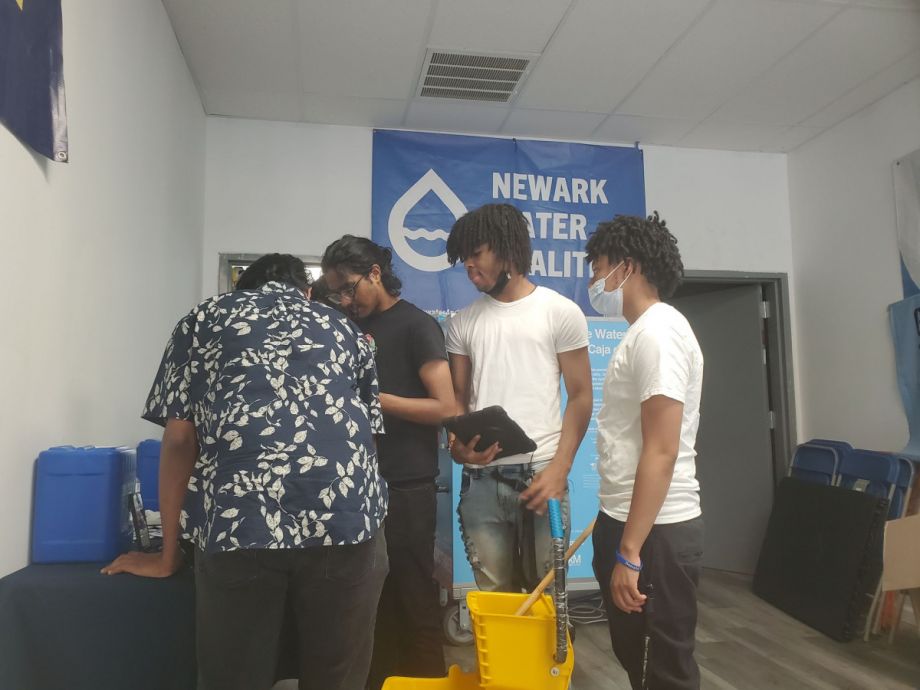
The Mobile Testing Unit collected more than 3,000 paint samples. (Photo courtesy the Newark Water Coalition)
Over 3,000 paint samples were collected, which the research team mapped to show hotspots across Newark. (The team also pointed out “high-friction areas” with lead concentration, like window sills and doorways, to residents during testing.) When the team collected 119 soil samples from 60 homes and found that most of those homes registered some amount of lead, they set up a makeshift lab to further test those samples. The lab testing revealed even higher concentrations than what was found on-site. Of the 60, 29 homes tested over the EPA threshold for allowable levels of lead in soil.
Testing lead dust is still in the works. Newark Water Coalition collected 600 samples but laboratories wanted to charge upwards of $16,000 to test them. The coalition is committed to finding a laboratory and releasing a second version of the report.
This report is only the first version in a series as the coalition begins to pull the data and partner with multiple institutions. With its XRF gun in tow, the coalition will continue to test Newark. This year they’re partnering with Lead-Free NJ to test in Trenton and Patterson. “Our hope is to find deeper correlations, different methodologies, and more data for modeling,” the coalition shares.
There are other big projects in the works. The coalition secured funding to open its own training academy to train community members to become lead assessors and achieve state certification.
The coalition also filed paperwork to start a nonprofit called The People’s Public Lab, through which it could partner with a public research institute for testing.
“The importance of the lab is that it will allow the community to circumvent institutions to get research and data that matters to the community and our organization,” Wicks says. Testing dust, for example, requires the use of an ICP-MS machine, which is why universities quoted high fees. The coalition sees the lab as “the pathway for a liberation of knowledge.”
These first members of the Mobile Lead Testing Unit believe their work, and the resulting study, is a strong blueprint for community-driven research: “It showed us what we’re capable of,” Kalyan says.
“We really want to do justice to this work,” notes Cenac. “We can stand by this and say that yeah, this is what testing should look like.”

Emily Nonko is a social justice and solutions-oriented reporter based in Brooklyn, New York. She covers a range of topics for Next City, including arts and culture, housing, movement building and transit.
Follow Emily .(JavaScript must be enabled to view this email address)

